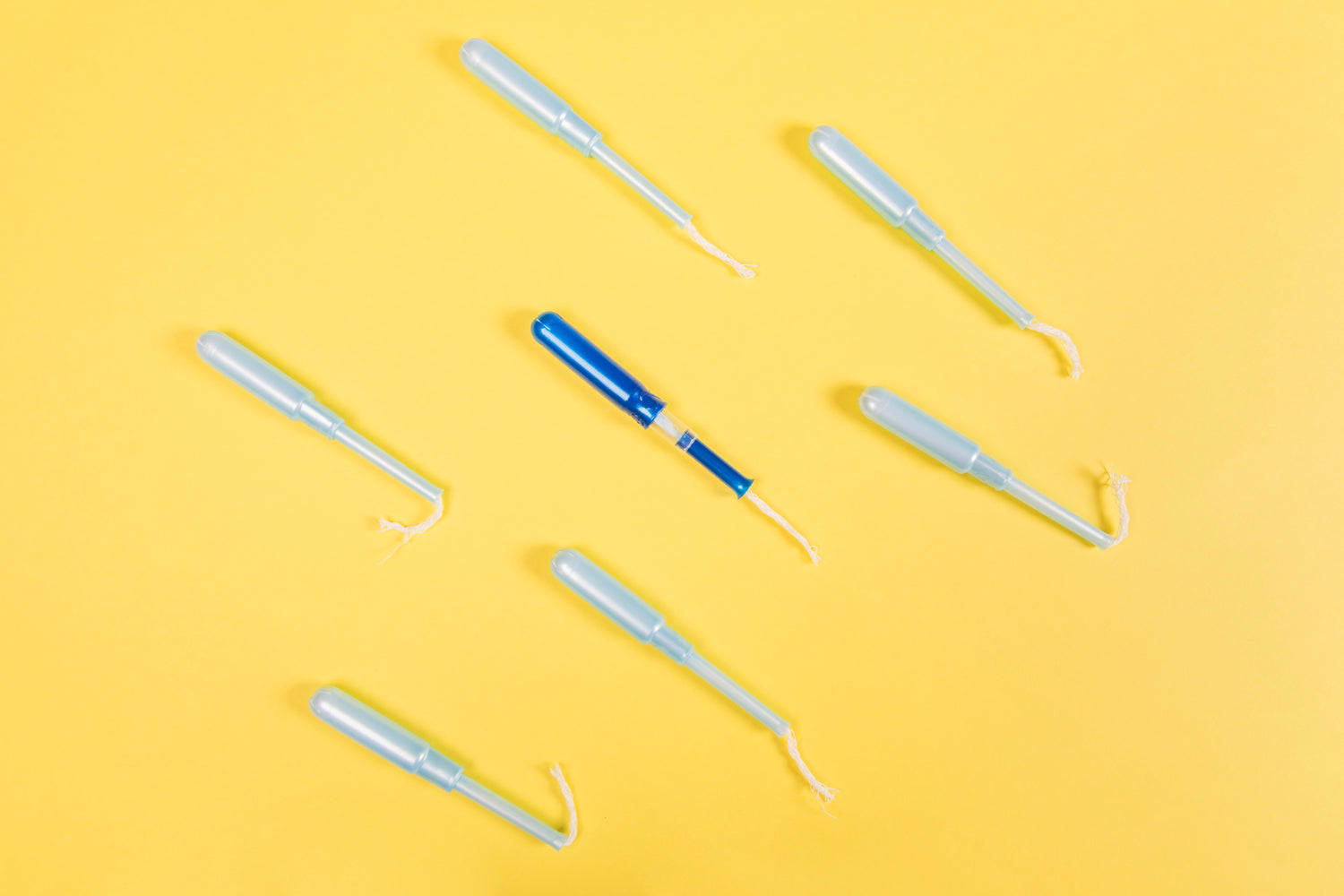Do not forget to brush your teeth after eating. Every child knows this and most people also adhere to the most important basic rule of oral hygiene. Unfortunately, the situation is different when it comes to cleaning the spaces between the teeth. According to a survey by the Forsa Institute, around 41 percent of all Germans neglect to clean the spaces between their teeth. Yet it is very important that you clean them just as thoroughly and carefully as the outer, inner and chewing surfaces.
Some people don't even realize that the interdental spaces account for 30 percent of the tooth surface - a place where food debris readily and often collects and settles as bacterial plaque. If this plaque is not thoroughly removed, caries, gingivitis or bad breath are the result.
A normal toothbrush is not sufficient for careful cleaning of the interdental spaces - regardless of whether it is a manual toothbrush or an electric toothbrush. Instead, you need dental floss or special brushes, so-called interdental brushes. Dental floss has the advantage that it allows you to reach even very narrow interdental spaces.
Interdental brushes are particularly suitable for cleaning larger interdental spaces. They can also be used to thoroughly clean bridges or braces.
How to use interdental brushes correctly
Please take enough time to clean the interdental spaces to avoid injury to the gums.
Before you start brushing, you need an interdental brush of the right size. The brush fits if it can be inserted perpendicular to the interdental space with moderate pressure and resistance. Brushes that are too large create too much friction. This can injure the gums or damage the delicate enamel. A little pressure is important, however, as cleaning performance is poor if brushes are too small. It's best to try out different sizes. If you are unsure, you can also ask your dentist or a prophylaxis assistant for advice.
In most cases, one size is not enough. At least two sizes are usually needed for optimal cleaning of all interdental spaces.
After selecting the correct size, carefully move the interdental brush back and forth in the interdental space three to four times. Afterwards, it is a good idea to clean the brush with water or dip it in an oral rinse for disinfection, for example one with chlorhexidine as an ingredient. This way, you avoid pushing the plaque you just removed from one interdental space to the next. Using interdental brushes with toothpaste is not recommended because the abrasive elements of toothpaste, along with the light pressure of brushing in the narrow interdental space, can erode tooth enamel.
Use interdental brushes: What to do if gums bleed?
If your gums bleed when you use the interdental brush, you may have pushed the wire contained in the interdental brush into your gums. Unfortunately, this happens more often, at least in the initial phase, especially with the back molars. Poking the gum with the wire is unpleasant, but not bad. With a little practice, it will happen only rarely or not at all. Sometimes the gums bleed even though the interdental brush is used correctly. In this case, the gums are probably already inflamed and therefore tend to bleed quickly. Then you should definitely not give up, but continue to clean the interdental spaces regularly. After all, by cleaning the interdental spaces regularly, you prevent gingivitis. The gums become more robust over time and also bleed less quickly.




Leave a comment
All comments are moderated before being published.
This site is protected by hCaptcha and the hCaptcha Privacy Policy and Terms of Service apply.